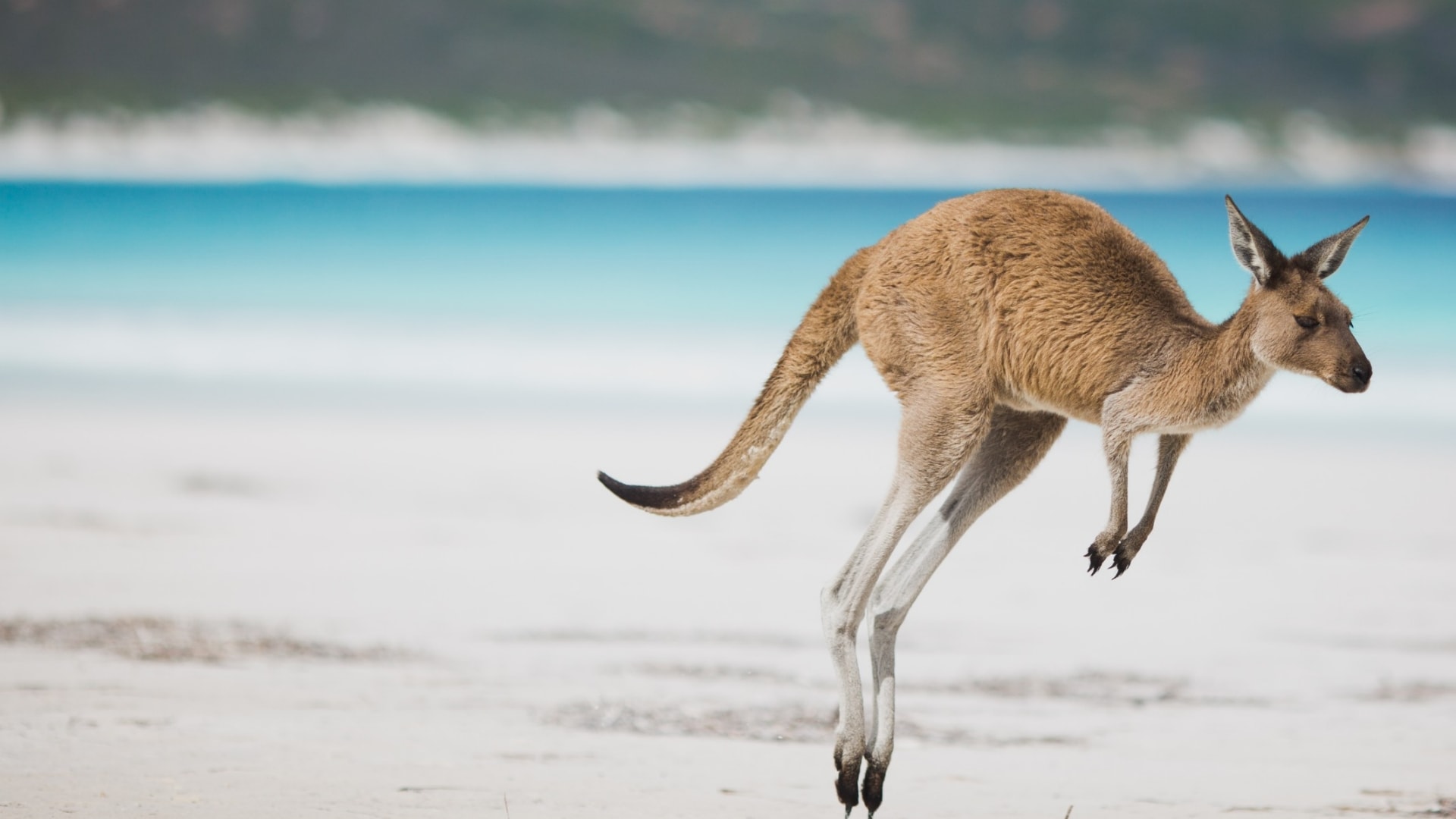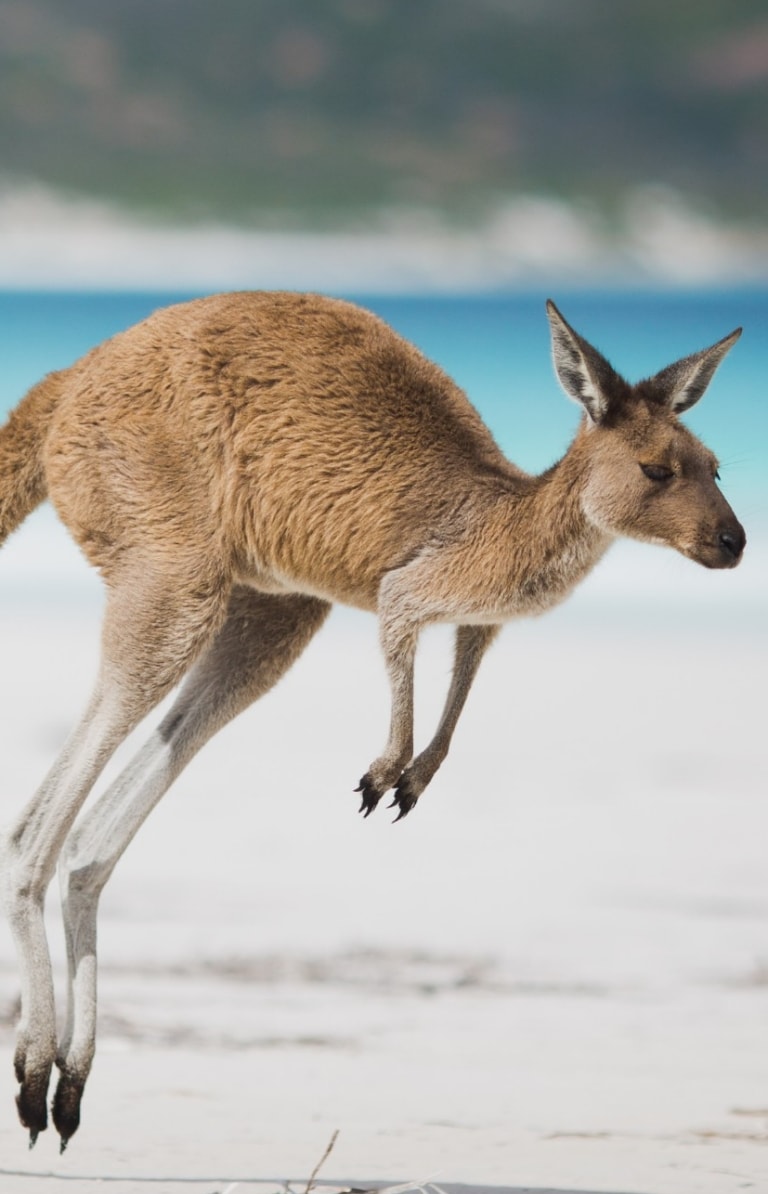Purnululu National Park, Western Australia © Tourism Western Australia
Guide to Purnululu National Park
The orange and black striped domes of the Bungle Bungle Range in Purnululu National Park are as beautiful as they are bizarre – an unmissable icon of Western Australia’s Kimberley region.
The World Heritage-listed Bungle Bungle Range in Purnululu National Park is one of the most famous symbols of the Kimberley. From the air, giant rocky domes rise abruptly from dusty savannah plains, appearing like beehives, striped with cyanobacteria. Ancient palm trees seem incongruous, and isolated waterholes persist into a searing dry season. This is perhaps Australia’s most striking and surreal landscape.
Purnululu National Park is 300km (186mi) south of Kununurra, and you’ll need to arrive by 4WD or fly.
Fly into Kununurra Airport (KNX) from many Australian cities.
- Darwin Airport (DRW) to Kununurra Airport (KNX) is 1 hour
- Broome Airport (BME) to Kununurra Airport (KNX) 1.5 hours
- Perth Airport (PER) to Kununurra Airport (KNX) is 3 hours
Once you arrive at Kununurra Airport, hire a car (4WD), drive 3 hours, 287km (178mi), south to Purnululu National park.
If you are traveling just for one day, join a private air tour. Departing from Kununurra Airport, Aviair will take you on an adventure above Bungle Bungle, Lake Argyle, Argyle Diamond mind and Ord irrigation area.
You are required to have a 4WD car, high clearance camper trailers or caravans to access the national park.
Driving is the most efficient way to get around, however there are also a wide range of walking tracks, from short walks to overnight treks, if you wish to explore on foot.
The best time to visit Purnululu National Park is during the dry season. During the wet season the park is closed and only sky tours are in operation (pending weather). The park is usually open between 1 April and 1 December, however this depends on climate and the rain during the wet season.
- High season: Early dry season (June to August)
- Low season: End of the dry season (October to December)
If you are camping during the cooler seasons (April to August) make sure your sleeping bag is warm enough to withstand below 0 °C (32 °F).
During the warmer seasons (October to December) temperatures can get up to 50°C (122 °F) so ensure you have taken the right precautions to avoid heat exhaustion.









































































































































